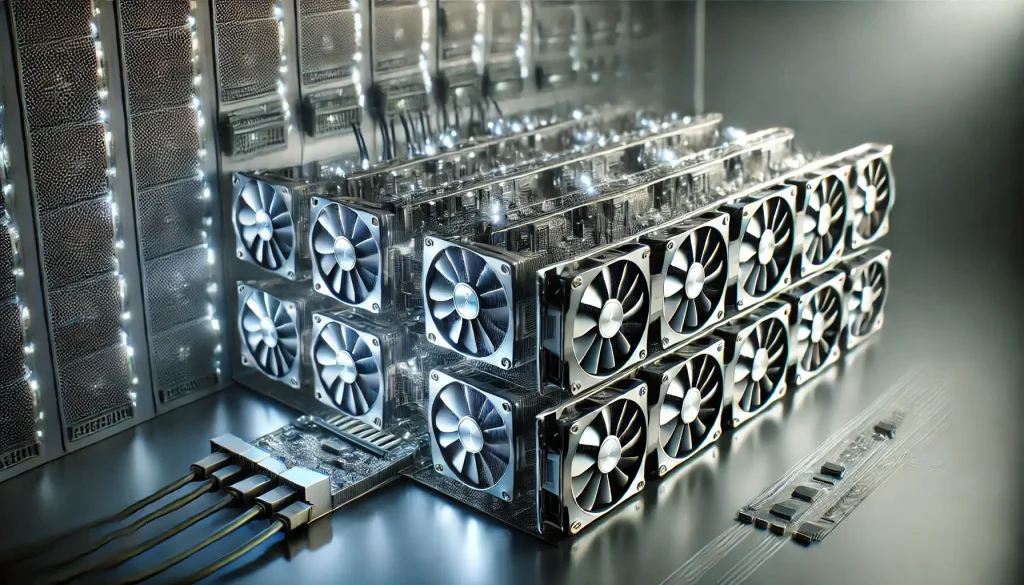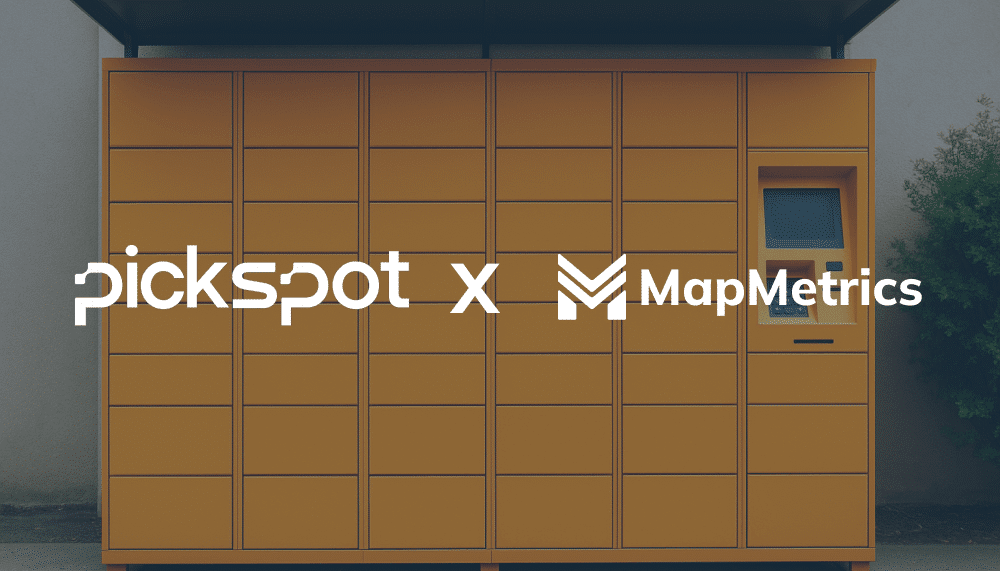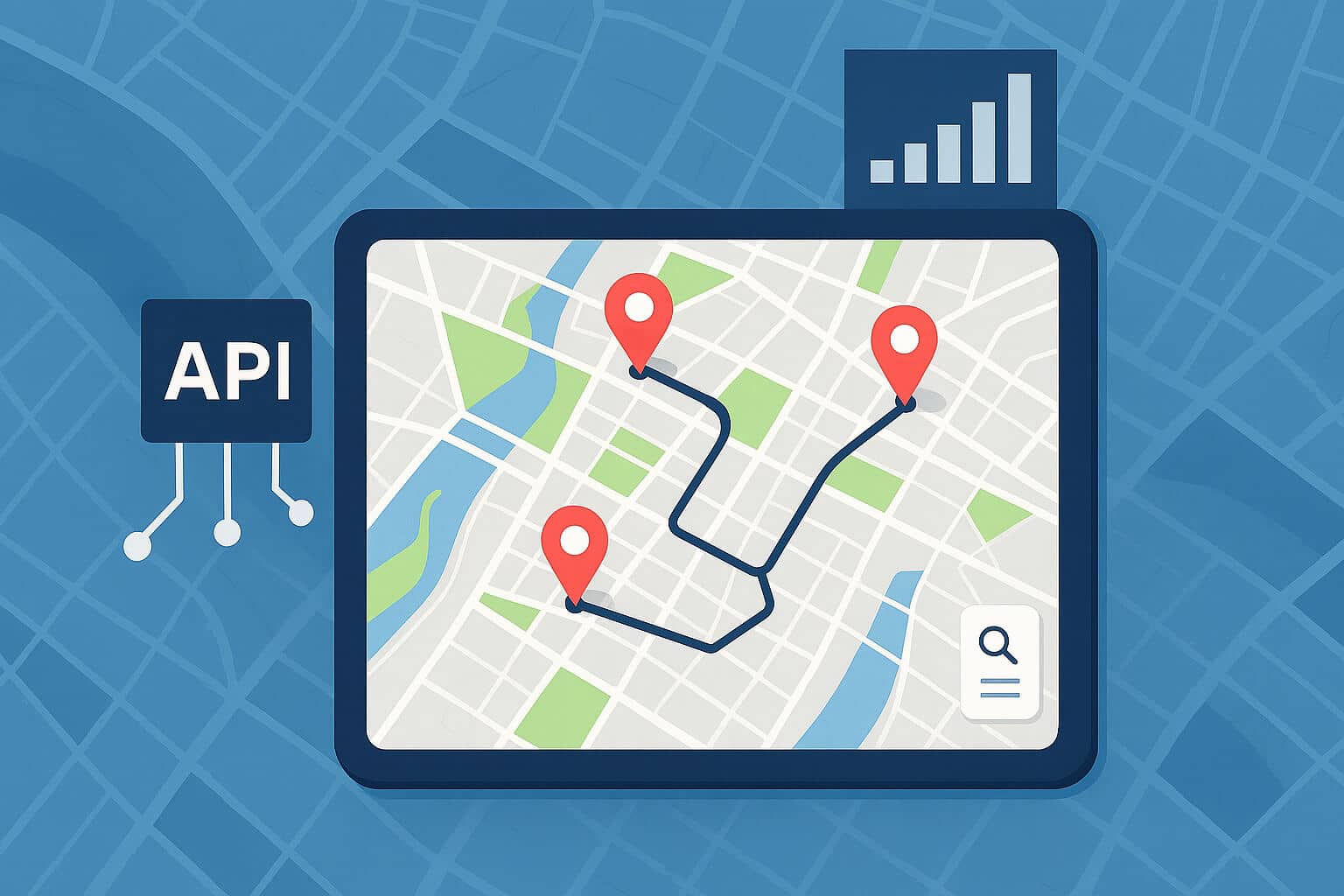
The Backbone of Blockchain: What Are Blockchain Nodes and How Do They Work?
Blockchain technology is reshaping industries, from finance to supply chains, with its promise of transparency, security, and decentralization. At the heart of this innovation are blockchain nodes, the critical components that make this decentralized system possible. Understanding what blockchain nodes are, how they work, and why they are essential is key to grasping the power of blockchain technology.
What Is a Blockchain Node?
A blockchain node is a fundamental element of the blockchain network. A computer or device participates in the network by storing and verifying copies of the blockchain ledger. Each node in the network holds a complete or partial copy of the entire blockchain, making it an independent and decentralized point of reference for the data stored on the blockchain.
The blockchain ledger, essentially a digital record of all transactions or data entries, is maintained across numerous nodes. This decentralized storage and management of data ensure that the blockchain remains tamper-resistant and secure, as there is no single point of failure or control. Nodes play a crucial role in maintaining the integrity and reliability of the blockchain.
How Do Blockchain Nodes Work?
Blockchain nodes work by communicating with each other to validate and share information across the network. When a new transaction is initiated, it is broadcast to all nodes within the network. These nodes then work together to verify the transaction’s legitimacy using a consensus mechanism, which varies depending on the type of blockchain.
For instance, in a Proof of Work (PoW) blockchain like Bitcoin, nodes called miners compete to solve complex mathematical puzzles. The first miner to solve the puzzle gets to add the new block of transactions to the blockchain. Once added, the block is broadcast to all nodes, which then update their blockchain copies.
In other blockchains, such as those using Proof of Stake (PoS), the process differs, but the core idea remains the same: nodes validate and reach a consensus on the new data being added to the blockchain. Once consensus is achieved, the transaction is confirmed, and the ledger is updated across all nodes. This process ensures that the blockchain remains consistent, accurate, and secure, even in the face of malicious attempts to alter the data.
What Makes Blockchain Nodes Essential?
Blockchain nodes are essential for maintaining the decentralized nature of blockchain technology. In traditional systems, data is typically stored and managed by a central authority, which can become a single point of failure or manipulation. Blockchain nodes eliminate this vulnerability by distributing the data across multiple, independent nodes.
This decentralization ensures that no single entity controls the network, making it more resilient to attacks and censorship. If one node fails or is compromised, the others continue to operate, preserving the integrity and availability of the blockchain.
Moreover, nodes contribute to the transparency and trustworthiness of the blockchain. Since every node holds a copy of the ledger, anyone can independently verify transactions and data, promoting a trustless system where users do not need to rely on a central authority or third party to confirm the accuracy of the information.

Types of Blockchain Nodes
There are several types of blockchain nodes, each with distinct roles and functions within the network. Understanding these primary types can help clarify how different nodes contribute to the blockchain’s operation.
Full Nodes
Full nodes are the backbone of the blockchain network. They store a complete copy of the blockchain, including all transaction history. Full nodes are responsible for validating and relaying transactions and blocks, ensuring that the data remains consistent and secure across the network. They play a vital role in maintaining the decentralization and integrity of the blockchain.
Lightweight Nodes
Also known as Simplified Payment Verification (SPV) nodes, lightweight nodes do not store a full copy of the blockchain. Instead, they download only the block headers, which contain summarized information about the transactions. Lightweight nodes rely on full nodes to verify transactions, making them less resource-intensive and more suitable for devices with limited storage or processing power, such as smartphones.
Miner Nodes
Miner nodes are specific to blockchains that use the Proof of Work (PoW) consensus mechanism, like Bitcoin. These nodes perform the computational work required to solve complex puzzles and add new blocks to the blockchain. Miners are rewarded with cryptocurrency for their efforts, incentivizing them to maintain the network’s security and operation.
Validator Nodes
In Proof of Stake (PoS) blockchains, validator nodes replace miners. Validators are selected based on the amount of cryptocurrency they hold and are willing to “stake” as collateral. These nodes validate new transactions and blocks, ensuring that they meet the network’s rules. If a validator tries to add fraudulent data, they risk losing their staked assets, aligning their interests with the network’s security and reliability.
Archive Nodes
Archive nodes store historical data from the blockchain, including old blocks that are no longer needed for everyday operations. While full nodes store the current state of the blockchain, archive nodes keep the entire history, making them invaluable for tasks that require access to past data, such as auditing or forensic analysis.
Conclusion
Blockchain nodes are the unsung heroes of blockchain technology. They are the building blocks that enable the decentralized, secure, and transparent nature of the blockchain. Whether it’s a full node that ensures the integrity of the entire ledger, a lightweight node that facilitates transactions on a mobile device, or a miner or validator node that secures the network, each plays a crucial role in making blockchain technology what it is today.
In Decentralized Physical Infrastructure Networks (DePIN), nodes are crucial for managing and validating infrastructure data. For more on how nodes impact DePIN, check out our detailed article. Understanding these roles will be key as blockchain technology continues to evolve.


